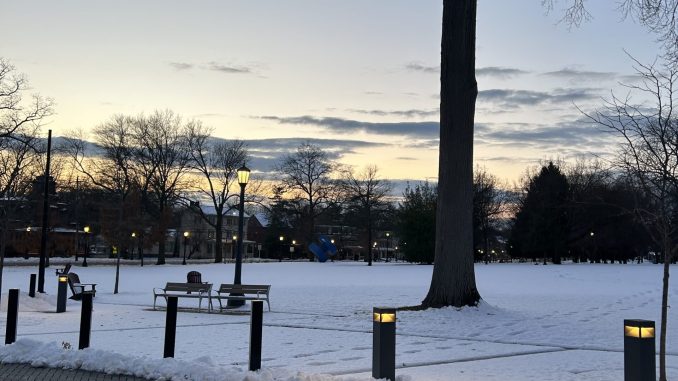
After the reduction of thirteen staff and administration positions last December, Ursinus College has announced a voluntary retirement program with the aim of reducing excess budget.
As announced by Terri Albertson, vice president for Finance and Administration, the payout program offers faculty and staff over the age of fifty-nine and a half and who have worked at Ursinus for ten years the chance to retire early with six months’ salary. This is part of the larger “reduction of force” aimed at refocusing Ursinus’ funds.
When asked why the college was offering this program, President Hannigan says that “during the reduction of force, we realized we aren’t going to get to the savings we need unless we do other things.”
She followed this by saying that most institutions run these programs every five to ten years, while Ursinus has not offered it in recent years. Hannigan intends to institutionalize this program rather than “relying on relationships to make decisions.” In other words, she wants to make sure that the program does not disappear when the person in charge of it leaves the role. This program is intended to be cyclical and the administration intends to accept every applicant into this program.
So far, this program has received a popular reception. “I was looking for a sign [to retire]. Looks like it’s a dollar sign,” said one staff member, who wished to remain anonymous until mid-March when their retirement will become official. Hannigan said that a good turnout would be considered if there were four or five retirees. Given that the program is still in-flux and taking applicants until the end of February, the exact number is not in, though “it’s actually pretty popular,” Hannigan said. The program was additionally open to those on the senior professorship track.
But what does “financial [savings] and efficiency,” as Hannigan said, mean in terms of the administration’s goals? This program primarily allows the college to reevaluate the personnel needed in different programs while leaving room to hire new personnel.
Though many participants are not announcing their candidacy in this program, the administration cited reasons for applying includes stress with the pandemic as well as an extended life expectancy. The financial incentive is enough to allow those involved to move onto their next step. The anonymous member previously mentioned cited a struggle to keep up with updated technology as well.
In relation to retiring faculty, Hannigan did not say she wished to raise class caps, though she wants to fill classes that are dwindling in numbers. Currently, Ursinus has a student to faculty ratio of 10:1 and plans to raise it to 11:1 or 12:1, and cited that we were below our peers. However, when comparing to the Centennial Conference, the only college above a 10:1 is McDaniel, at 11:1, when looking at US News and World and college websites. The average ratio is 9.2:1, putting Ursinus 0.8 above the average. If the ratio was raised to 12:1, Ursinus would have the smallest ratio, potentially affecting everything from summer fellow sponsorships to research teams.
